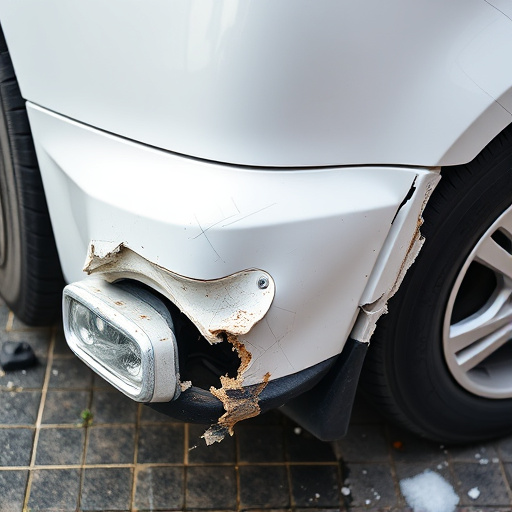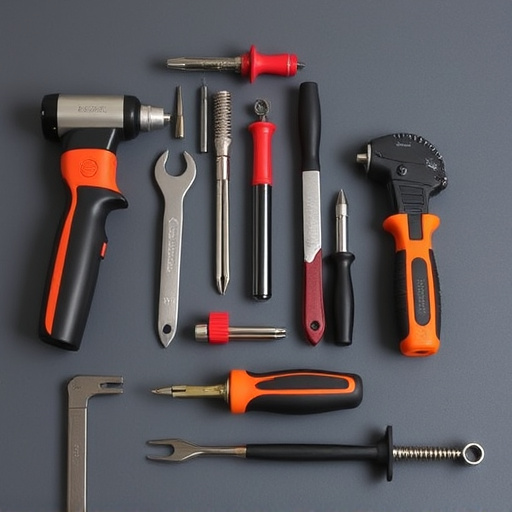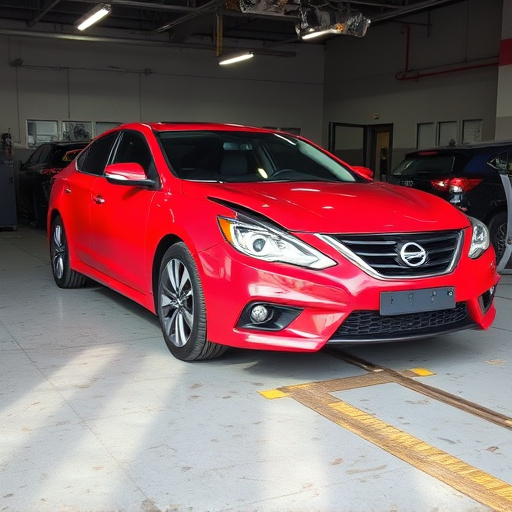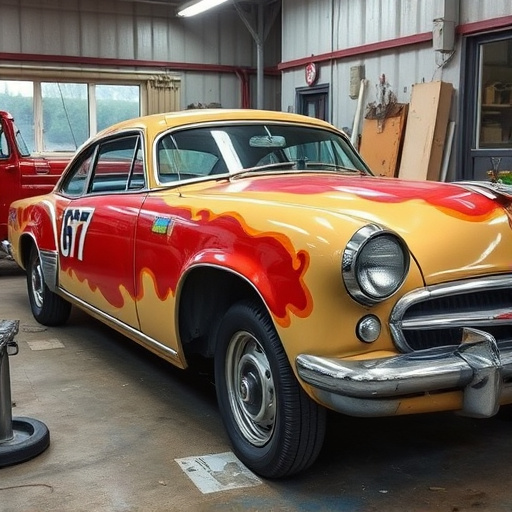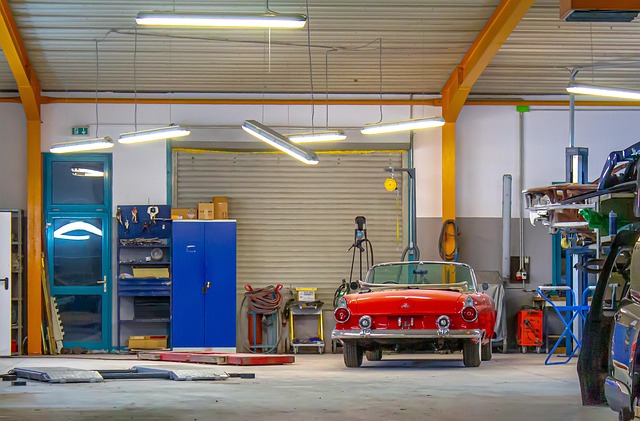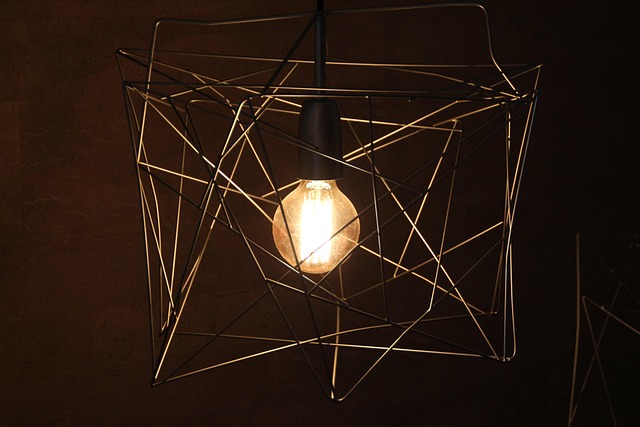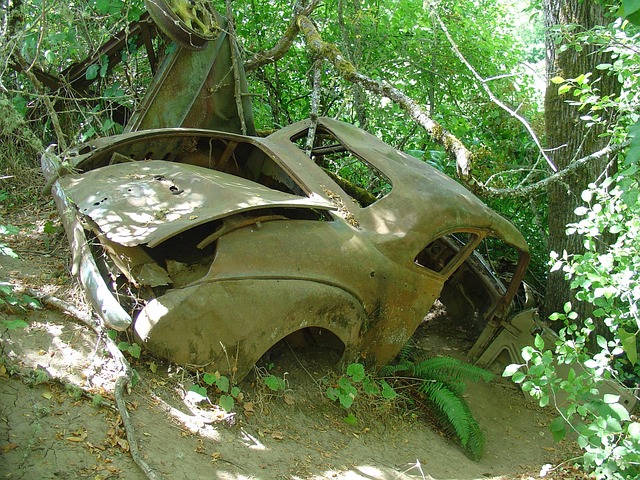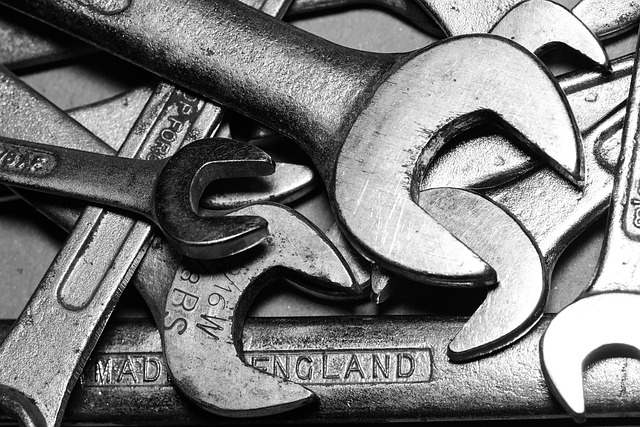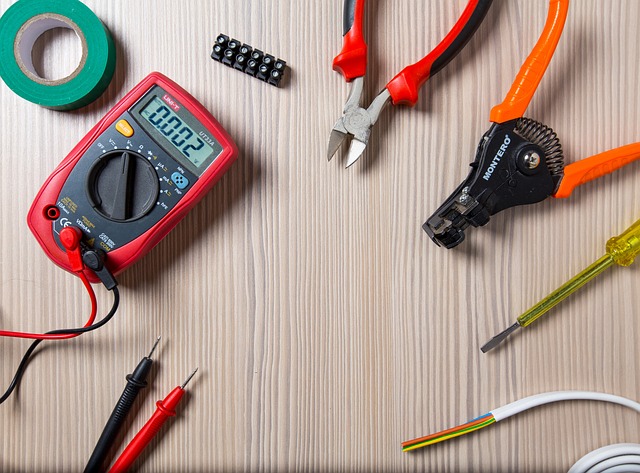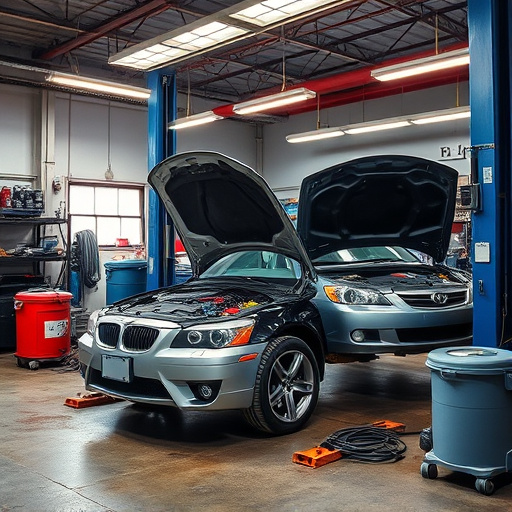PDR (Paintless Dent Repair) offers significant advantages over traditional bodywork by preserving a car's original factory finish, maintaining aesthetic value and resale potential. It's more efficient due to less disassembly and painting required, completing repairs faster at lower costs. PDR is versatile, handling various dent types, suitable for individual owners and fleet services. By gently realigning metal panels without damaging the paint surface, PDR enhances aesthetics, improves structural integrity, corrects misalignments, and reduces repair costs.
Discover the transformative power of PDR (Myofascial Release) compared to traditional bodywork. This article delves into the key differences and reveals how PDR offers distinct advantages in enhancing healing, flexibility, and preventing future injuries and pain. By exploring these aspects, you’ll understand why PDR is becoming a preferred choice for those seeking effective, holistic wellness solutions. Explore the benefits of PDR and unlock your body’s full potential.
- PDR vs Bodywork: Key Differences and Advantages
- Enhanced Healing and Flexibility with PDR Techniques
- PDR's Role in Preventing Future Injury and Pain
PDR vs Bodywork: Key Differences and Advantages
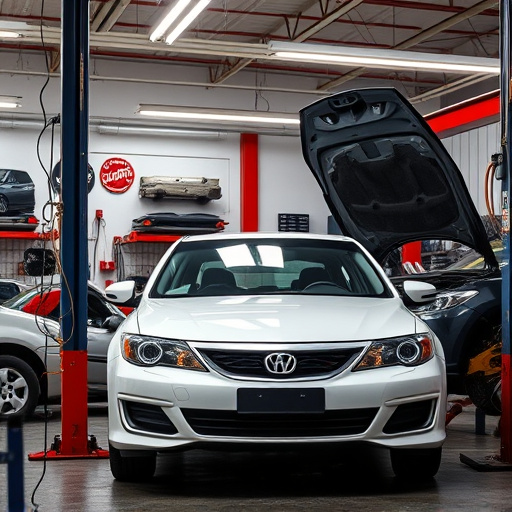
PDR (Paintless Dent Repair) stands out from traditional bodywork through several key differences that offer distinct advantages for vehicle owners. Firstly, PDR is a non-intrusive process that preserves the original factory finish of a car. This is in contrast to bodywork, which often involves sanding and repainting, potentially altering the vehicle’s aesthetic. By avoiding these steps, PDR maintains the car’s value better, making it an attractive choice for those looking to preserve their vehicle’s appearance.
Another advantage of PDR over bodywork is its efficiency. Since PDR doesn’t require disassembly or extensive painting, repairs can be completed faster and often at a lower cost. Moreover, PDR specialists are equipped to handle various types of dents, from minor dings and scratches to larger creases. This versatility makes it suitable for individual vehicle owners as well as fleet repair services, ensuring that both personal cars and commercial fleets can benefit from its quick tire services and effective vehicle dent repair capabilities.
Enhanced Healing and Flexibility with PDR Techniques
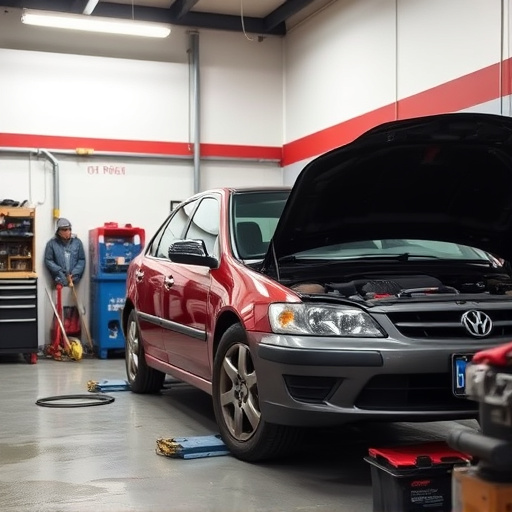
One of the most remarkable aspects of PDR (Paintless Dent Repair) is its ability to promote enhanced healing and flexibility in the affected areas of a vehicle. Unlike traditional bodywork methods that often involve extensive painting and intricate procedures, PDR techniques are non-invasive and highly effective for minor dents, scratches, and dings. This method uses specialized tools to gently push the dented panel back into its original shape without breaking the paint surface, thereby preserving the vehicle’s factory finish.
The process not only restores the car’s aesthetic appeal but also improves its structural integrity. By realigning the metal, PDR can correct misalignments caused by collisions or other impacts, leading to better performance and handling in the collision repair center or auto collision center. Moreover, since PDR requires less time and labor compared to conventional bodywork, it can significantly reduce costs for both customers and auto body shops, making it a more efficient and cost-effective solution for various types of vehicle damage.
PDR's Role in Preventing Future Injury and Pain
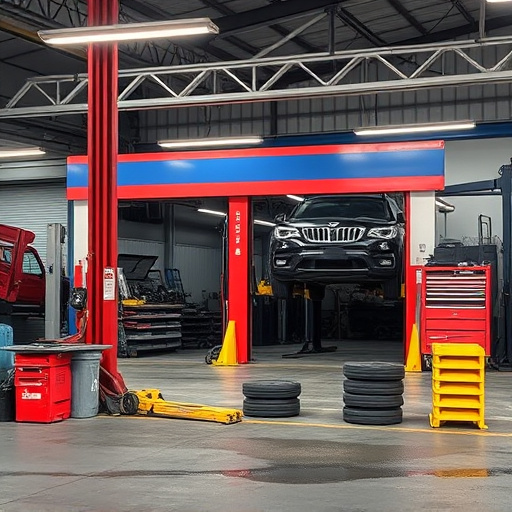
Proper dent removal, or PDR (also known as paintless dent repair), is a highly effective method in preserving and restoring vehicle aesthetics while offering substantial advantages compared to traditional collision repair services. Unlike intrusive techniques that may compromise the car’s structural integrity and require extensive car paint repair, PDR focuses on gently pushing out dents from the underlying panel without damaging the surrounding areas or the finish.
By adopting PDR as a preferred method for car dent removal, drivers can significantly reduce the risk of future injuries and pain associated with accidents. This non-invasive approach minimizes the chances of metal weakness or structural failures that could lead to further damage during subsequent incidents. Moreover, PDR’s precision ensures that the vehicle’s original factory finish is maintained, preserving its value and resale potential, all while providing a seamless repair that goes unnoticed by the naked eye.
Choosing PDR (Myofascial Release) over traditional bodywork offers a multitude of advantages, including enhanced healing, increased flexibility, and improved pain management. By focusing on the myofascial system, PDR prevents future injuries and promotes long-term wellness. Incorporating PDR techniques into your self-care routine can revolutionize your approach to physical well-being, making it a game-changer in managing and preventing chronic pain. The benefits of PDR are well-documented and supported by those who have experienced its positive impact on their bodies, making it a powerful tool for anyone seeking holistic pain relief.
